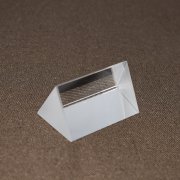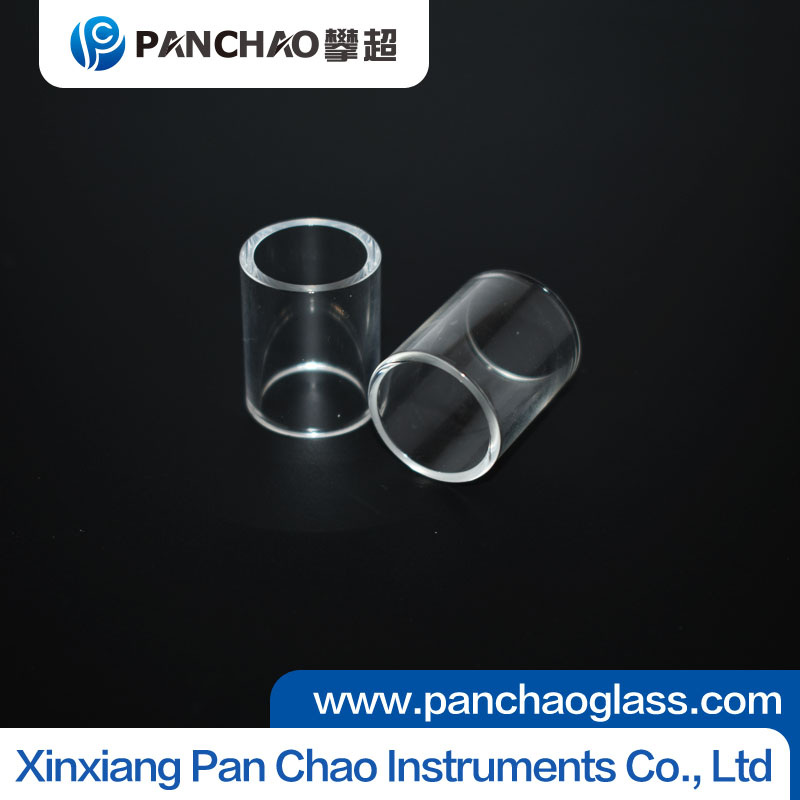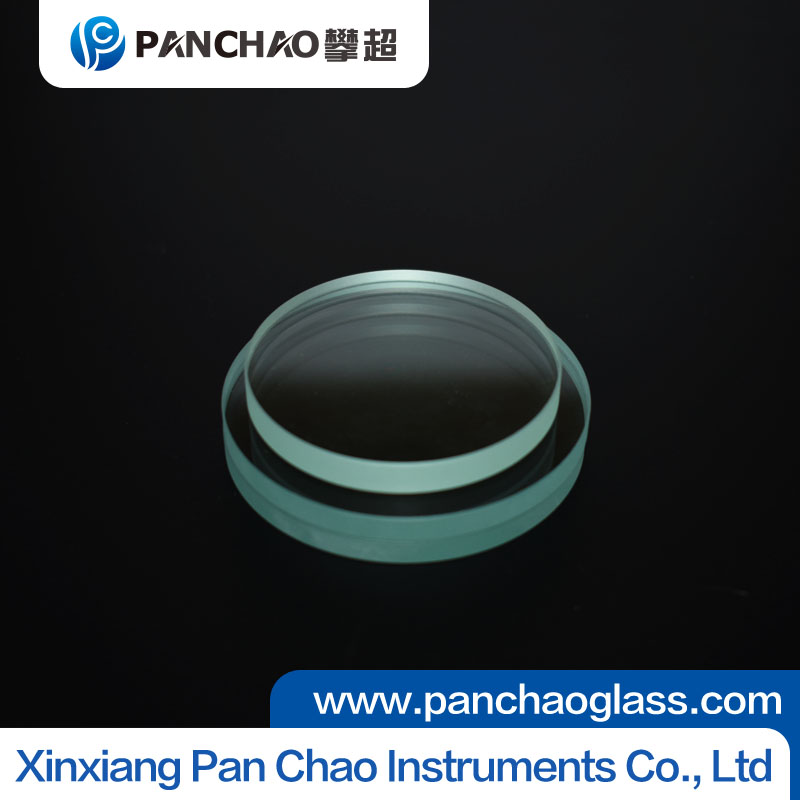
Unveiling the Craft of Custom Small Glass Tubes: Cutting, Fire Polishing, and Drilling
Custom small glass tubes are widely used in laboratories, optical instruments, and industrial applications. Their quality depends heavily on precise manufacturing techniques, each step contributing to durability, clarity, and performance. The processes of cutting, fire polishing, and drilling are central to achieving reliable results.
The journey begins with cutting. Raw glass tubing is carefully measured and scored before being snapped along the score line. Advanced machinery ensures clean, accurate cuts with minimal edge chipping. Precision at this stage is crucial, as irregular edges can compromise the tube’s strength and dimensional accuracy.
Next comes fire polishing, a process where the cut edges are exposed to a high-temperature flame. This not only smooths sharp edges but also relieves surface stresses that could otherwise lead to cracks. Fire polishing enhances both safety and aesthetics, giving the glass tube a clear, rounded finish. In high-precision applications, this step ensures consistent internal diameters and optical clarity.
Drilling adds further customization. Using diamond-coated tools or laser drilling technology, manufacturers can create holes of various sizes and shapes without shattering the brittle material. Proper lubrication and controlled feed rates are essential to avoid thermal stress and micro-fractures. Drilled glass tubes are often used in fluid handling systems, sensors, or devices requiring specialized connections.
These three processes—cutting, fire polishing, and drilling—must be executed with meticulous care and professional expertise. Even minor errors can lead to defects that compromise performance.
In conclusion, the craftsmanship behind custom small glass tubes lies in mastering these delicate processes. By combining precision cutting, refined fire polishing, and advanced drilling, manufacturers deliver glass components that meet the demanding requirements of modern scientific and industrial applications.
Related articles
- Testing the UV Transmission Performance of Small Quartz Glass
- How Heat-Resistant Is Borosilicate Glass Tubing? Why It’s t
- The Impact of Sight Glass Thickness on Safety and Optical Per
- From Boilers to Chemical Tanks: The Critical Role of Sight Gl
- Industrial Applications of Sight Glass: The Transparent Guard
- Industrial Applications of Sight Glass: The Transparent Guard
- Tempered Glass vs. Regular Glass: What’s the Difference?
- The Self-Protection Mechanism of Tempered Glass: Why It Crumb
- Choosing the Right Tempered Glass Thickness for Every Need
- Tempered Glass: The Perfect Balance of Strength, Safety &

Xinxiang Pan Chao Instruments Co., Ltd.
Tel: +86 13343800331
Contact person:Carrie Niu
Fax: 0373 303 0331
Email:sales@panchaoglass.com






